There’s a budding interest in using hemp to make textiles, and it could bring a new level of sustainability to the fashion industry.
Add textiles to the growing list of things that hemp is capable of offering. Hemp is often considered one of the world’s oldest textiles, with research suggesting the plant was explicitly cultivated for textile production as early as 8,000 B.C.
Through the centuries, hemp eventually became overshadowed by cotton. But a reignited interest in the crop brings it back to the fashion spotlight, with many brands and consumers alike pioneering for its return to the closet.
Identifying Sustainability Issues in Fashion

Fashion has been pegged as one of the most wasteful industries, accounting for nearly 20% of global wastewater. Studies show About 15% of fabric intended for making clothes ends up on the cutting room floor. And in Hong Kong alone, 253 tons of textiles end up in the landfill each day. This is alarming, given that some experts believe that China will account for roughly 50% of the world’s clothing production in the coming years (and their total waste production figures are not publicly available).
Even worse, sustainability issues aren’t just the burden of responsibility for clothing manufacturers and retailers. Consumers are also playing an increasing role in how fashion ultimately impacts the environment. The average person throws away nearly 70 pounds of clothing per year, even though about 95% of textiles in the landfill could be recycled. Clothing production doubled between 2000 and 2014, with consumers buying 60% more clothes than they did 15 years ago, but now each garment is kept for about half as long.
While manufacturers and consumers alike may never be able to keep textiles out of landfills completely, turning to more sustainable materials like hemp could lessen textile waste’s impact on the environment.
The Benefits of Using Hemp in Fashion
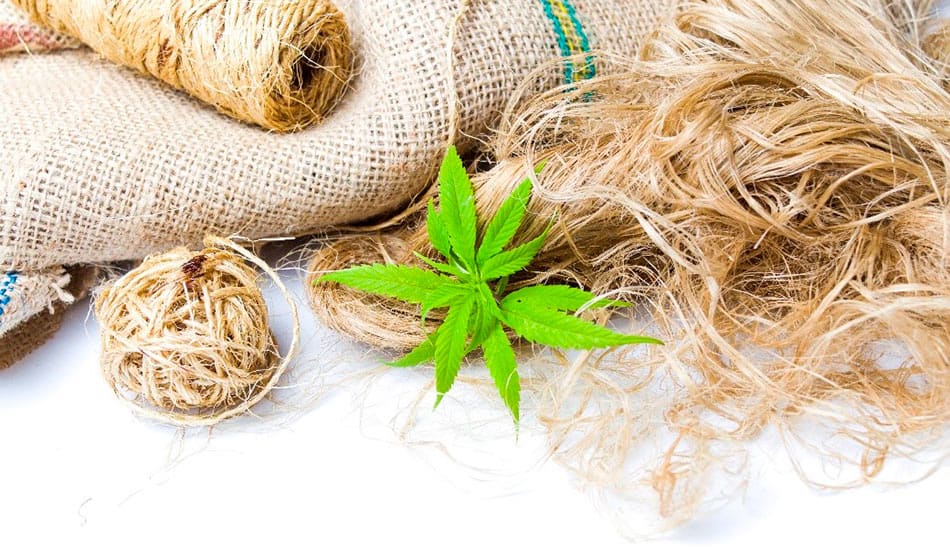
The fashion industry as a whole catches a lot of flak for being environmentally unfriendly, and it’s easy to see why. But the benefits of adding hemp-derived fashions to the mix might change the tune of many consumers worldwide.
– Hemp is a Wasteless Crop
Virtually no part of the hemp plant is wasted when harvested. The seeds can be used to make supplements and hemp oil, while hemp stalks are used to make fiber for textiles. Even the roots are beneficial to the environment, as they reduce weeds without using chemicals and enrich the soil with nutrients.
– Hemp Uses Minimal Water
Hemp uses about half as much water as cotton and doesn’t need much to thrive. It also grows much faster than cotton, reaching its full peak within 70-110 days, compared to five or six months for cotton. This faster growing cycle can also save on irrigation. Hemp is More Sustainable than Cotton
Hemp is one of the most eco-friendly, sustainable materials in existence. There’s nothing you can make with cotton that you can’t also make with hemp, and hemp production has a significantly softer impact on our planet. That’s because it doesn’t require chemicals, fertilizers, or insecticides to grow.
It’s naturally resistant to pests and absorbs more carbon dioxide than trees. Hemp fibers are also more substantial than cotton fibers and don’t stretch out of shape. They’re more absorbent and durable, plus they insulate better.
Hemp also takes less from the soil than cotton and gives back nutrients so that the land can continue to be farmed. What’s more, hemp provides more than twice as much material for textiles than a cotton plant of the same size. For comparison, hemp can produce about 1500 pounds of fiber per acre, while the cotton makes about 500 pounds per acre.
When considering sustainability in terms of shelf life, hemp fashions are likely to last longer due to their durability and ability to wash well and retain their color. And when it’s time to toss your hemp fabric clothing, it won’t make as much of an impact on the landfill compared to synthetic clothing since hemp is naturally biodegradable.
Consumers Demand Eco-Conscious Brands
As the threat of climate change looms, many individuals are taking proactive steps to make eco-friendly choices, including opting for sustainable clothing.
A recent study by Boston Consulting Group found that 38% of consumers have ditched a brand in favor of one that is more eco-conscious. When looking specifically at young consumers, that number jumps to nearly 50%.
It’s no longer a question of whether sustainability in fashion is in demand, but rather a matter of determining when we will stop buying from brands that are not prioritizing it.
As the push for more sustainable fashion continues to gain traction, retailers and designers alike may start pursuing hemp as a fashionable material alternative to traditional fabrics like cotton or synthetics.
Where to See Hemp in Fashion right now
Clothes made from hemp may not be mainstream right now, but the budding interest in hemp fabric may one day change that. In the meantime, several brands are going all-in for entire hemp product lines. Netherlands-based Hoodlamb quickly becomes a leader in hemp jackets, while WAMA is making its mark in the hemp clothing industry with their line of hemp underwear.
In addition, hemp fashion shows are becoming a thing. Just before the New York Fashion Week, the Earth Pledge eco-fashion show FutureFashion in New York brought together 24 international designers to show off their sustainable creations, with clothes made out of hemp as one of the main attractions. Even top designers like Versace, Calvin Klein, or Yves St Laurent are jumping on board.
To date, hemp fabric has been used to create just about every type of clothing imaginable, including swimsuits, T-shirts, shoes, hoodies, pants, skirts, and even children’s clothing. Hemp is poised to be an optimal solution for casual clothing because of its high resistance to wear and tear.
Even if hemp doesn’t make it to mainstream fashion, it’s hard to argue with its ability to bring sustainability to however much of the market it captures. Hemp fashion could present one of the most significant opportunities of our generation to love our planet—and look our best in the process.
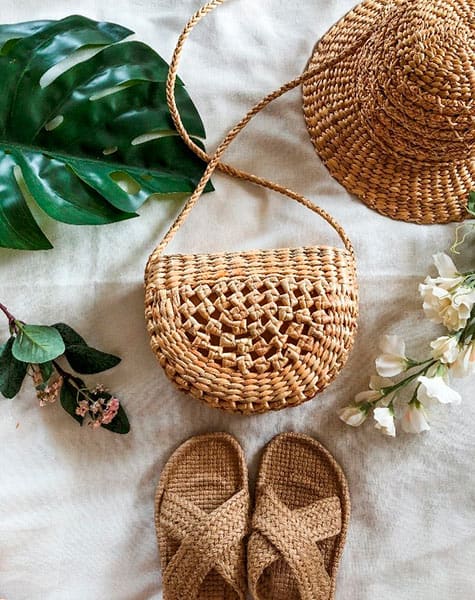
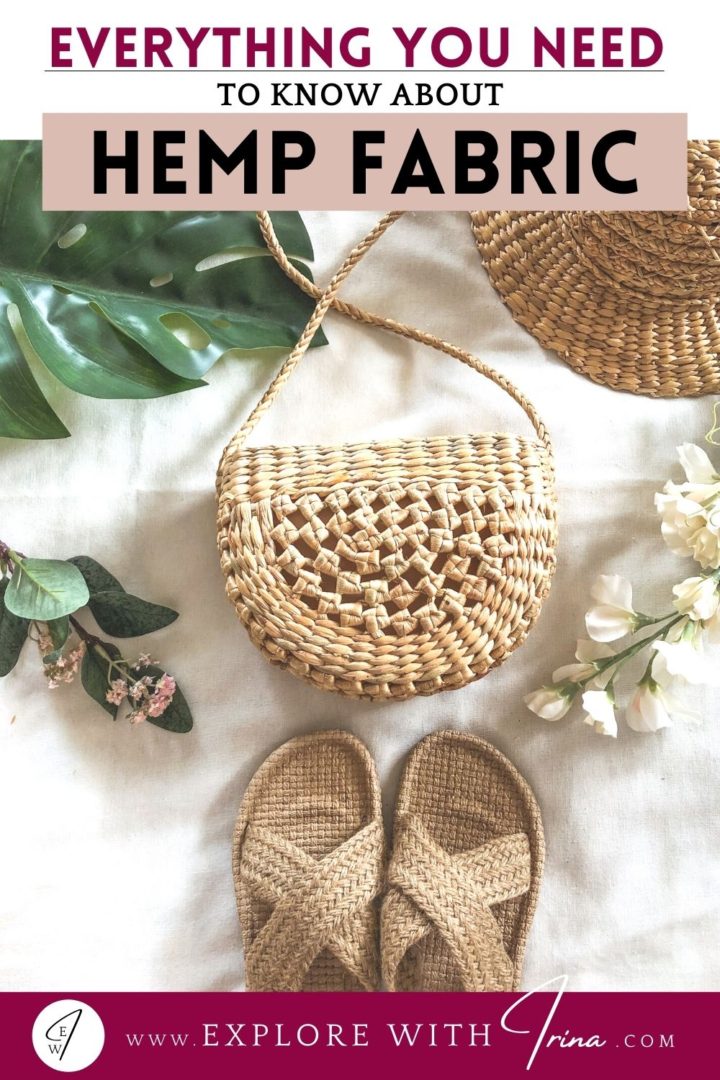
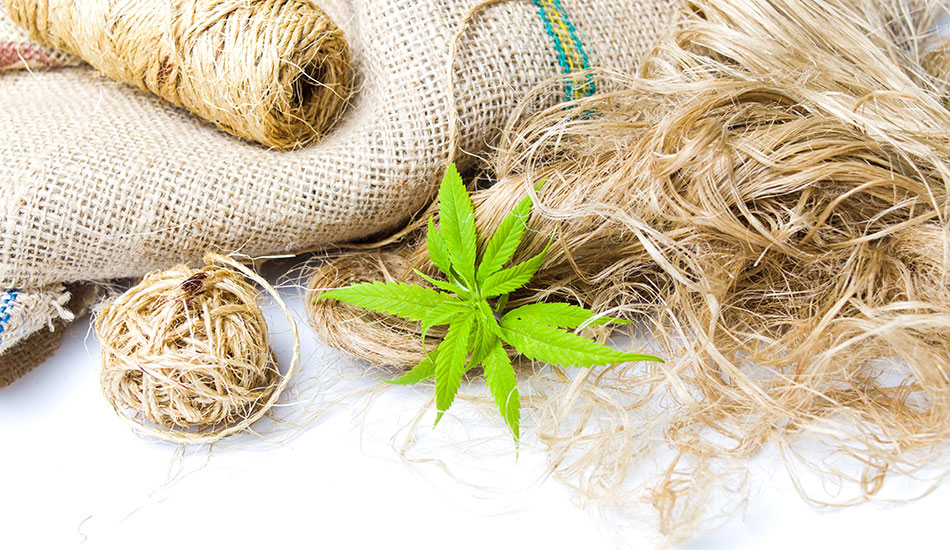




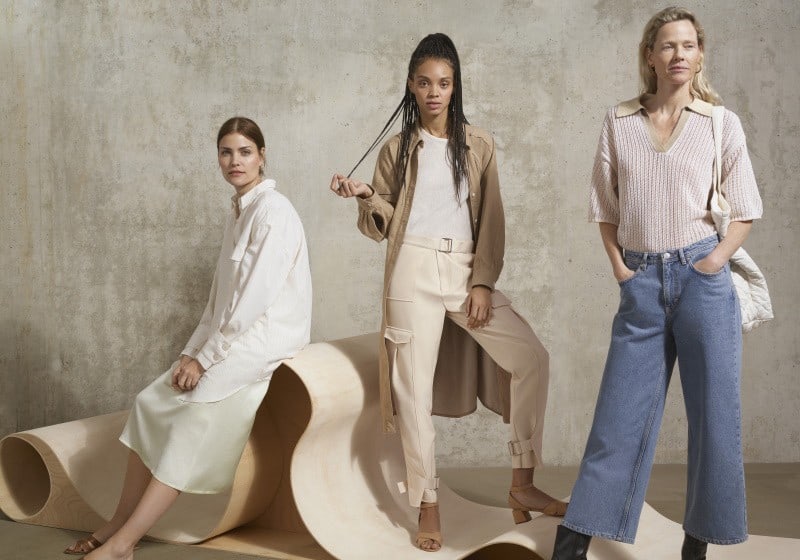
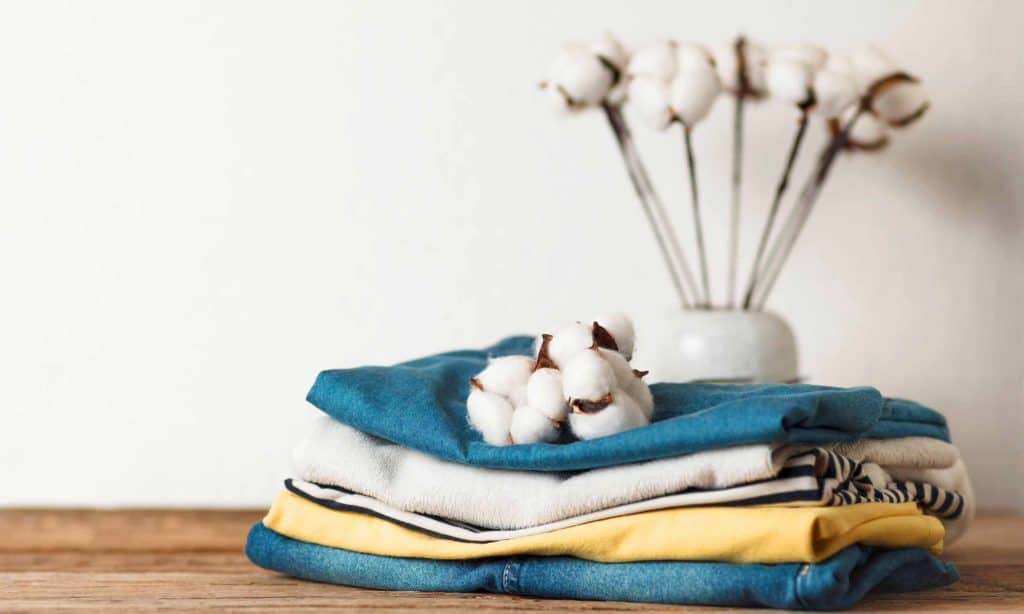
0 Comments